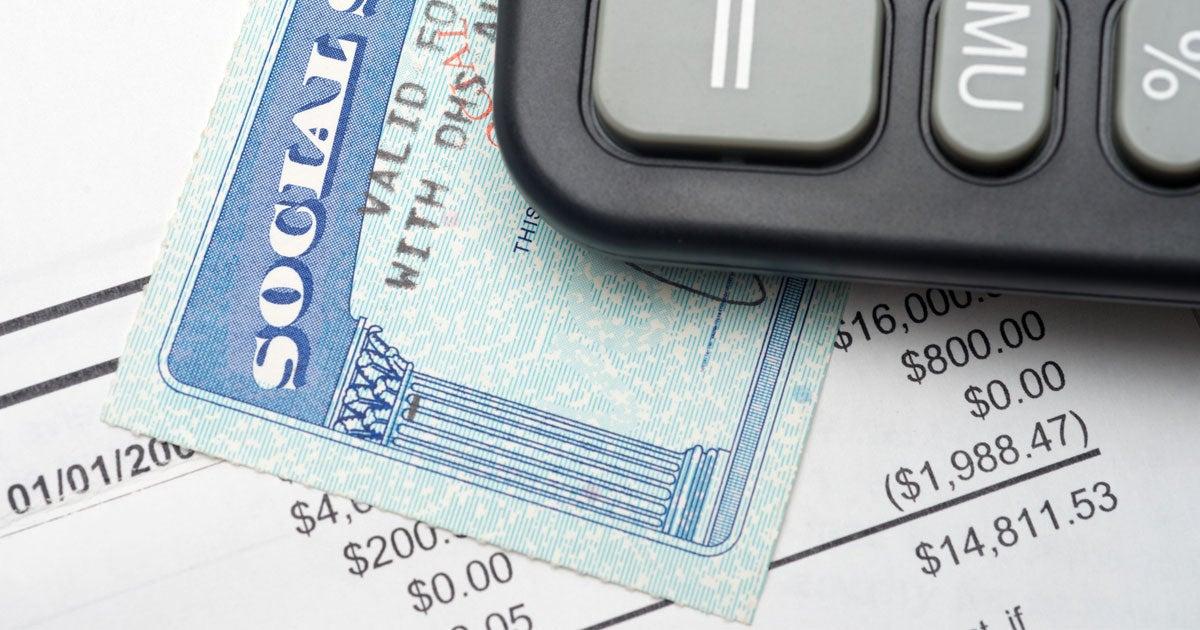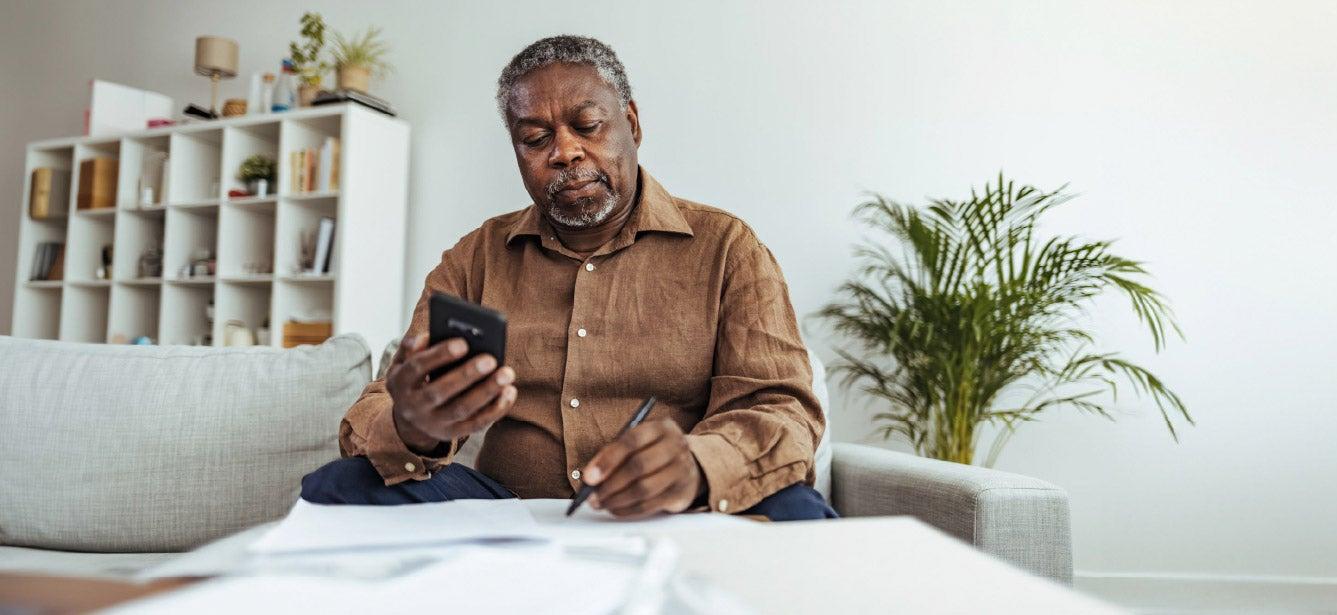
Related Topics
The Supplemental Security Income (SSI) program was created to provide financial support to older adults and people with disabilities (regardless of age) with very limited income and resources.
What is Supplemental Security Income, or SSI?
In creating SSI in 1972, the U.S. Congress called it “an assistance source of last resort.”1 For 37.4% of adults 65 and older who receive SSI benefits, it is their only source of income.2
The Social Security Administration (SSA) administers the SSI program, but Social Security and SSI are separate benefits that have two different sources of funding. Social Security benefits are funded by payroll taxes, and SSI is funded by general tax revenues. Another program administered by the SSA is Social Security Disability Insurance (SSDI). SSDI is different from SSI because SSDI is for people who have a disability and have a qualifying work history. SSI is for people who are over 65 or have a disability and have a very low income (qualifying work history is not required).
In July 2025, there were more than 2.5 million SSI recipients over the age of 65, representing 33.6% of all people receiving SSI.4
Who is eligible for SSI?
You may qualify for SSI assistance if you:5
- Are at least age 65, blind, or have a disability
- Have limited income from a pension, wages, or other sources
- Have limited resources (items you own)
- Are a U.S. citizen or national or noncitizen who meets certain criteria
- Live in one of the 50 states, the District of Columbia, or the Northern Mariana Islands
If you're wondering if you're eligible, the Social Security Administration (SSA) has an SSI tool that can help you get started in applying. It only takes 5-10 minutes. While walking through the process, the tool will document your intent to file an application and establish a protective filing date. This protective filing date will determine when your payments will begin if your application is approved.
It's important to note that using the SSI tool is not an application for SSI benefits. You must file an application with SSA to receive a formal determination of eligibility. Once you submit the information, SSA will schedule an appointment to file the application.
How does SSI work for older adults?
If you are 65 or older and you do not have a disability or blindness, your eligibility for SSI benefits is determined by how much money you have coming in and the value of other resources you may have.
For SSI, income is defined as “any item an individual receives in cash or in-kind that can be used to meet his or her need for food or shelter.” The SSA disregards (doesn’t count) some income. For example, some earned income is disregarded. What remains is called your countable income. Countable income is then subtracted from the monthly federal benefit to determine your payment.6
To be considered for SSI to begin with, your income must fall below a monthly maximum before this calculation is done. The more income you have, the lower your SSI benefit will be.
Monthly maximum income to receive SSI benefits7:
- $2,019 for individuals whose income is only from wages
- $987 for individuals whose income is not from wages
- $2,985 for couples whose income is only from wages
- $ 1,470 for couples whose income is not from wages
Resources are assets—things like life insurance, cash, vehicles, stocks, and U.S. savings bonds. Individuals can have up to $2,000 in resources, and couples can have up to $3,000.8
But not all resources and income sources count when applying. For example, the home you live in (and the land that it is on), a car, or things like your household goods and wedding ring don't count. A Social Security representative will review your assets with you when you apply for SSI. In addition, there are other SSI eligibility requirements to meet if you are have a disability or you are blind.
How much SSI assistance can I get?
Your maximum SSI benefit amount increases with federal cost-of-living adjustments (COLA). See the latest below with the 2.5% COLA that became effective in January 2025.
With the 2025 COLA, the following are maximum SSI benefit amounts5:
- For an eligible person: $967 (up from $943 in 2024)
- For an eligible couple: $1,450 (up from $1,415 in 2024)
But not everyone who is eligible will receive those exact benefit amounts. SSI payments vary from person to person. For example, you might receive more than $967 if you live in a state that provides additional monthly financial assistance. Or your payment could be lower, depending on how much countable income you have, and other factors.
In July 2025, the average monthly SSI payment for people 65 and older was $593.96.4
How do I apply for SSI?
You must apply for SSI through Social Security. You can get started by answering a set of questions online. That should take between 5-10 minutes. After you complete the online form, you will receive a letter 7-14 days later giving you the date and time of an appointment at your local Social Security office. During that appointment, an SSA representative will help you apply for benefits.5
If you’d rather not start the SSI application process online, you can call the SSA at 1-800-772-1213 (TTY 1-800-325-0778) to make an appointment at the Social Security office near you.5
Am I eligible for other financial assistance programs?
If you qualify for SSI, you usually can get benefits from the Supplemental Nutrition Assistance Program (SNAP) and Medicaid.5 Try the SSA’s Benefit Eligibility Screening Tool to find out what other programs you may be interested in.
And visit BenefitsCheckUp®, NCOA's free benefits finder tool, to assess your eligibility for programs that can help you afford health care, medicine, food, utilities, and more. Every year, billions of dollars in benefits programs go unclaimed because older adults don't know they’re eligible or how to apply.
BenefitsCheckUp can help you find savings for yourself, or for someone you know.
Sources
1. Annual Report of the Supplemental Security Income Program. May 29, 2020. Found on the internet at https://www.ssa.gov/oact/ssir/SSI20/ssi2020.pdf
2. Policy Basics: Supplemental Security Income. Aug. 12, 2022. Found on the internet at https://www.cbpp.org/research/social-security/supplemental-security-income
3. Cost-of-Living Adjustment (COLA) Information for 2025. Found on the internet at https://www.ssa.gov/news/cola/
4. Social Security Administration. Monthly Statistical Snapshot. July 2025. Found on the internet at https://www.ssa.gov/policy/docs/quickfacts/stat_snapshot/
5. Social Security Administration. SSI Federal Payment Amounts for 2025. Found on the internet at https://www.ssa.gov/oact/cola/SSI.html
6. Supplemental Security Income (SSI) Income. 2025. Found on the internet at https://www.ssa.gov/ssi/text-income-ussi.htm
7. 2025 Update. January 2025. Found on the internet at https://www.ssa.gov/pubs/EN-05-10003.pdf
8. Supplemental Security Income (SSI) Resources. 2025. Found on the internet at https://www.ssa.gov/ssi/text-resources-ussi.htm




